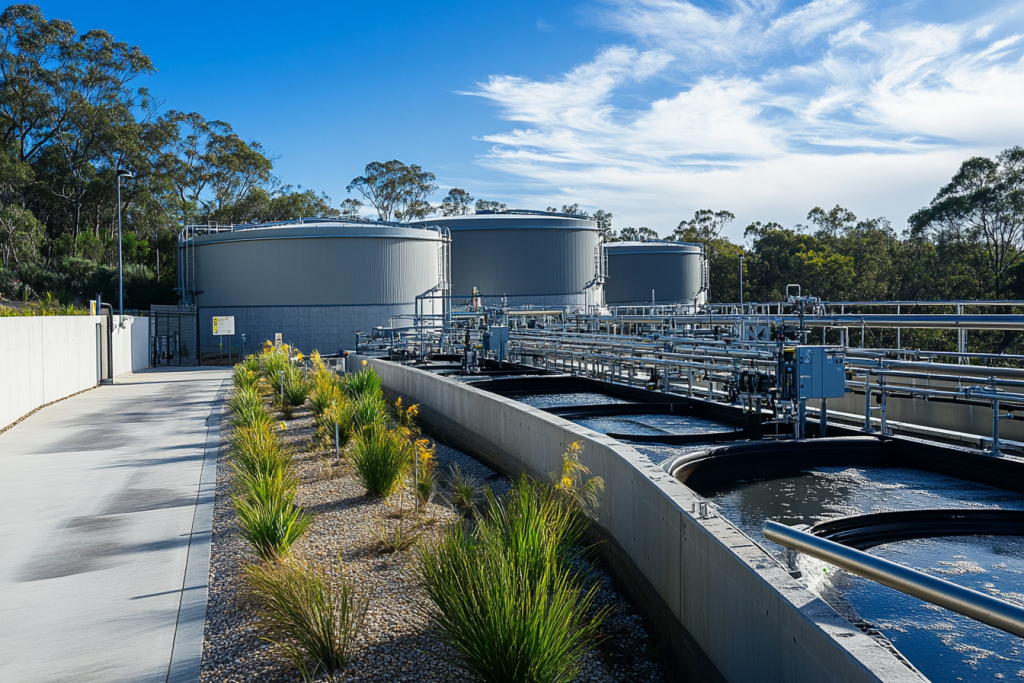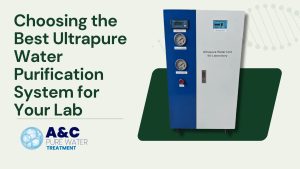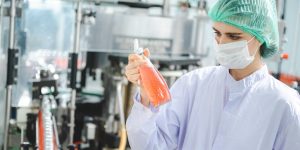
Use of Ion Exchange Resins in the Brewing Industry
1. Operational Guidelines: 2. Run Time: 3. Water and Cleaning Regulations: 4. Professional Knowledge for Brewing: Example Applications:
With the Australian government’s growing emphasis on environmental protection and sustainable development, the wastewater treatment industry is facing unprecedented challenges and opportunities. Strict environmental regulations and policies are pushing industrial companies to seek greener, more efficient water treatment technologies to meet increasingly stringent discharge standards. In this context, eco-friendly wastewater treatment technologies have become essential for regulatory compliance and corporate social responsibility.

Among the various wastewater treatment technologies, ion exchange resins are highly regarded for their efficient and precise ion removal capabilities. Ion exchange resins are materials made from synthetic organic polymers, which achieve water purification by exchanging the ions in the resin with those in the solution. Depending on the target ions being treated, ion exchange resins can be categorized into anion exchange resins and cation exchange resins.
Anion exchange resins, in particular, are used to remove anionic pollutants such as nitrates, sulfates, and heavy metal ions from the solution. These resins are crucial in treating complex wastewater, such as in the mining, chemical, and food processing industries, effectively removing harmful substances from the water to ensure that discharge standards are met.
Australia’s unique natural environment, along with its water quality characteristics and industrial layout, presents special requirements for wastewater treatment. For example, due to geological factors, water in many regions of Australia has high mineral content, increasing the difficulty of wastewater treatment. Additionally, Australia’s dispersed industrial layout poses challenges to large-scale centralized wastewater treatment. Therefore, the market urgently needs efficient and flexible water treatment technologies to meet these complex and diverse demands.
Eco-friendly ion exchange resin products have emerged as a solution in this context. These resins not only handle complex water quality but also minimize the use of chemical reagents without compromising treatment effectiveness, thus reducing environmental impact.

Recent years have seen significant advances in ion exchange resin manufacturing technologies, especially in materials science and process optimization, enabling the production of more efficient and eco-friendly products. For instance, by improving the polymer matrix of resins and optimizing the chemical reactions of functional groups, modern ion exchange resins not only exhibit superior removal efficiency but also excel in durability and regeneration performance.
The development of eco-friendly anion exchange resins has opened new opportunities for the wastewater treatment industry. These products not only outperform traditional resins in terms of treatment efficiency but also significantly reduce the use of chemical agents during the treatment process, effectively addressing secondary pollution issues in wastewater treatment.
For more detailed information on ion exchange resin manufacturing technologies and specific product introductions, please visit the A&C Pure Water Products Page.
In practical applications, eco-friendly anion exchange resins have already been successfully implemented in several wastewater treatment projects across Australia. For example, in a large mining wastewater treatment project in Queensland, these resins were used to remove nitrates and heavy metal ions from the wastewater, with the treated water fully complying with Australian environmental standards.
Customer feedback indicates that the use of eco-friendly ion exchange resins not only improved wastewater treatment efficiency but also reduced operational costs, particularly in terms of chemical agent use and waste disposal. These successful cases demonstrate that the application of eco-friendly anion exchange resins is not only a technological advancement but also a strong support for achieving sustainable development goals in Australia’s industry.
For a detailed analysis of application cases and more success stories, please visit the A&C Pure Water Applications Page.

With continuous advancements in technology, the future of eco-friendly ion exchange resins in wastewater treatment is promising. As manufacturing processes improve further and new materials are developed, ion exchange resins will play a significant role in broader applications, extending beyond wastewater treatment to areas like drinking water purification and the pharmaceutical industry.
For the Australian market, the development potential of eco-friendly water treatment technologies is vast. With the guidance of government policies and growing market demand, more companies will invest in the development and application of ion exchange resin products to better address environmental challenges and achieve the long-term goal of a green economy.
In summary, advances in ion exchange resin manufacturing technologies not only provide more efficient and eco-friendly solutions for Australia’s wastewater treatment industry but also support companies in maintaining competitiveness under increasingly stringent environmental regulations. As more eco-friendly products are developed and applied, Australia’s wastewater treatment industry will move towards a greener and more sustainable future.

1. Operational Guidelines: 2. Run Time: 3. Water and Cleaning Regulations: 4. Professional Knowledge for Brewing: Example Applications:

1. The Importance of Industrial Wastewater Treatment Industrial wastewater treatment is a crucial aspect of environmental protection and

In a laboratory setting, the quality of ultrapure water has a crucial impact on experimental results. Selecting the

In beverage production, the stability and purity of water quality are crucial to the final product. To ensure

The ion exchange resin manufacturing industry is experiencing a wave of technological innovation and environmental sustainability. With increasing

Automotive emission control technology has seen significant advancements over the past few decades, and ion exchange catalysts (IECs)
© 2024 Copyright By A&C PURE WATER TREATMENT Pty Ltd. Website Edited by Adver Marketing